Back in the Lab
After the team returns from the dive with Dr. Stacy Kim's sampling. There is much work to be done. The process breaks down to three major steps:
- Preservation of the cores
- Still photo organization and analysis
- Video organization and analysis
Preserving the Cores
First, we need to remember that Stacy is interested in studying the organisms that live in the sediment. She does not need all of that sediment, and so we use the same device (called a sieve) that Stephanie and Annamarie used to find the Capitella. Remember, a sieve separates the larger organisms from the tiny sediment particles.
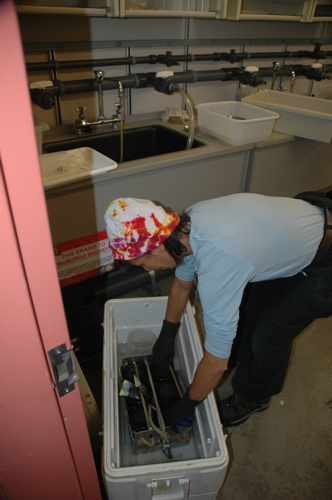
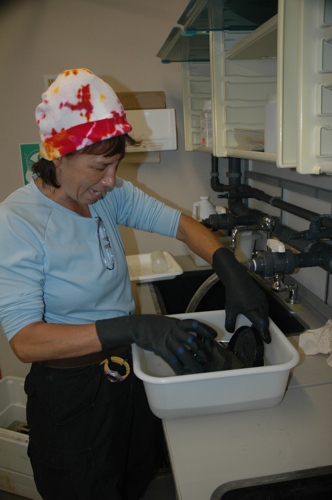
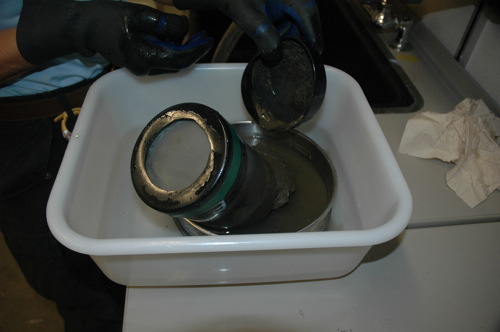
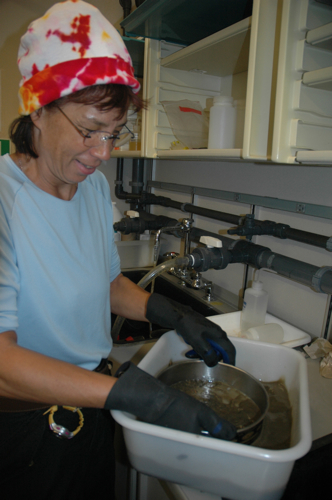
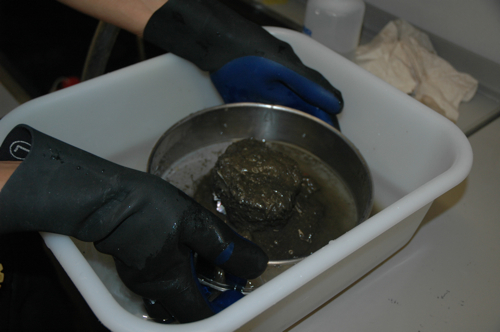
Stacy then adds chemicals to these samples. Those chemicals keep the organisms from rotting and so she can send them to her colleague and they can analyze them for the number of organisms and different species found at each site.
Photo Analysis
The next step in the process is to download all of the still images to a computer. These images will be analyzed. You need to look at the image and count the number of organisms and identify what species they are.
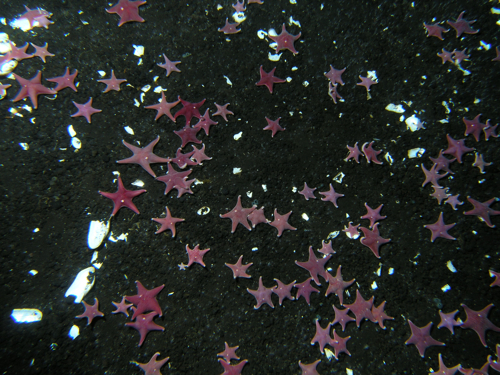
At some dive sites, the photos are very easy to analyze.
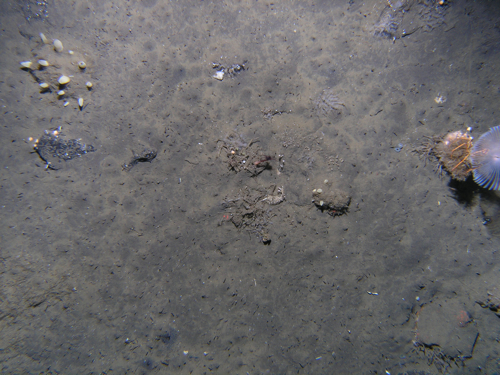
At some dive sites, the photos are a bit harder to analyze.
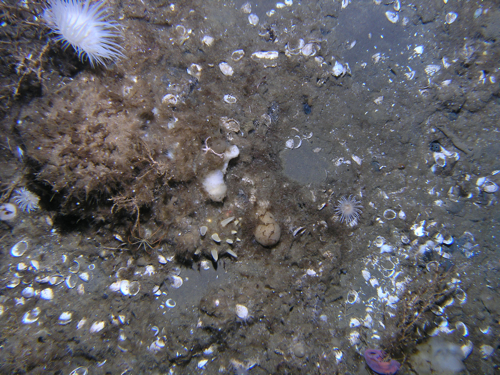
Video Analysis
As with the photos, the first step is to download the video. The second step is to watch the three transects and to identify and count the organisms that you can see in the video images. It is not as easy as it might seem at first. Take a look....
http://


Comments